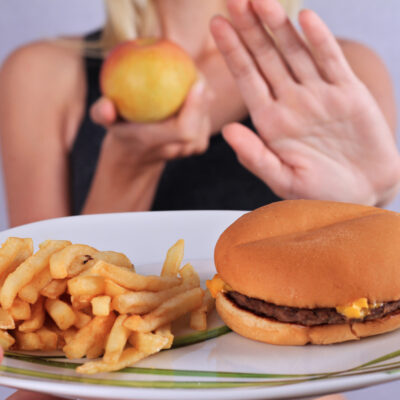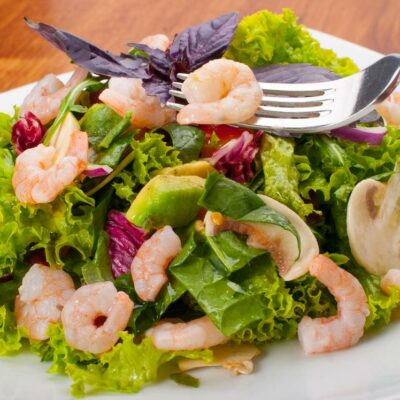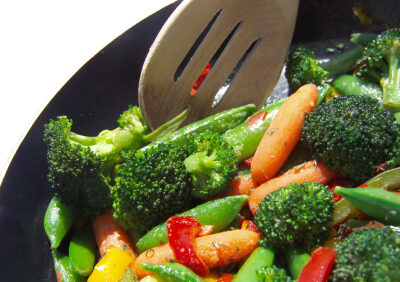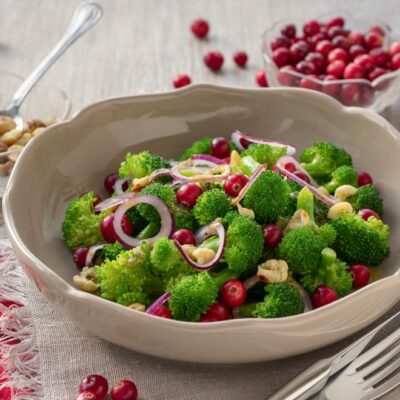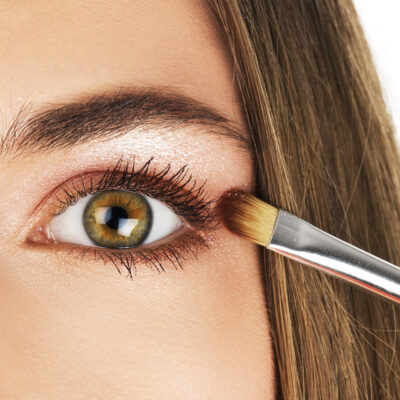
Life
Triggers and Prevention for Heartburn
GERD or gastroesophageal reflux disease refers to a condition where the stomach contents keep moving back into the food pipe or esophagus. This regurgitation is long-term and may cause discomfort, which is commonly called heartburn. You are likely to experience pain in your upper belly region and a burning sensation in the chest, and the severity of the condition depends largely on your diet and lifestyle. If you avoid foods that are not good for heartburn and follow some dietary guidelines, it is possible to alleviate the symptoms. However, the same foods might not trigger the symptoms in everyone, so it is necessary to identify the trigger foods for heartburn and avoid them. Here are some common food triggers for heartburn: 1. High-fat foods Oily and high-fat food will cause the stomach muscles to relax, causing reflux. Fatty foods also tend to sit around the stomach for a longer time, forcing the stomach to release more acids and irritating your digestive system. For example, you need to avoid high-fat cookies, regular corn, chocolates, brownies, doughnuts, fried foods, creamy salad dressings, and such. 2. Calcium-rich foods Foods like milk or cheese are excellent sources of saturated fats and may cause acid reflux.
Read More 